#shanghai tower
Text
The four tallest buildings in the world




Status Post #11109: At the time of this writing.
2 notes
·
View notes
Text
Yet supertalls not only ascend; they also sway, flutter, vibrate, bend, and lean. Often a lot. Chicago’s Willis Tower—which is more than 50 feet taller than 432 Park—can move up to three feet in strong winds. If you were to look down at the spire of a tall building during a windstorm, you’d see that it careens left, right, and around, like an inebriated giraffe.
All of that motion can cause people to feel a little drunk themselves. Occupants of tall buildings have, in high winds, reported nausea, distractibility, difficulty working, and fatigue, though researchers report that skyscrapers “rarely, if ever, induce vomiting.” As winds howl, buildings can moan like creaky container ships, or clatter like subway cars. “No Realtor would ever give a potential tenant a handbook that explains how these buildings behave, because they wouldn’t buy them, probably,” says Peter Weismantle, the director of supertall-building technology for Adrian Smith + Gordon Gill Architecture, which designed Central Park Tower.
And yet some motion is safe and normal, and often goes unnoticed. In fact, evolving approaches to handling high winds are a big reason contemporary supertalls have gotten to be so numerous, and so thin.
Tall buildings get celebrated as gravity-defying, but it’s their defiance of the wind that should inspire awe. Imagine a strong wind blowing south over Central Park. The wind hits the supertall and pushes it backwards into a lean, then causes the structure to sway as the gust picks up and dies down. Wind can get stronger at higher altitudes and intensify as it whips off neighboring high-rises, so what registers as a gentle breeze on the fifth floor may give way to howling on the 45th. Wind barreling around the supertall creates turbulent eddies on the building’s exterior that cause the structure to wag from side to side. These are the accelerations that tenants are most likely to perceive, and slender supertalls are even more susceptible to them.
Developers know they cannot control the wind. What they can do—and this is an industry term—is confuse it. For this, they recruit a wind-whisperer like Derek Kelly. Kelly, an engineer with the consulting firm RWDI, is a garrulous Canadian who, when I asked about superslims, told me the company has worked on “almost every building you see out your window.”
Take 432 Park. Once the developer had an early design for the new tower, Kelly began by making the proposed supertall—a solid, skinny, square column—super small. Kelly and his colleagues 3-D-printed a knee-high model of the building, and stuck it into a miniature Midtown Manhattan, complete with dozens of neighboring high-rises that can affect the windscape at 432 Park’s site. They put the model buildings on a turntable inside a wind tunnel, then subjected them to smoke and powerful fans. RWDI adjusted the wind tunnel’s settings to mimic Manhattan’s gusts and rotated the tiny neighborhood in 10-degree increments to get a baseline measurement of how the proposed supertall would sway, absorb winds careening off other structures, and shift the wind around it—all of which remains too complex to accurately predict with algorithms, Kelly said.
Even a 10-story building will move, and most of us can handle our homes wiggling about five milli gs (a measure of acceleration) in any direction. Early tests on 432 Park’s prototype revealed poor aerodynamic performance. Rafael Viñoly, 432 Park’s architect, said in a 2014 lecture at the Skyscraper Museum that tests on one version of the building revealed the supertall would dance 30 milli-gs—just shy of the threshold found to “cause some occupants to lose balance,” according to research published in the International Journal of High-Rise Buildings. “If you’re standing here, your cup of tea moves,” Viñoly said at the lecture, rocking his lectern back and forth to demonstrate. He called the experience of 30 milli gs “absolutely frightening.”
When problems like these arise, Kelly brings the developer and the design team to RWDI’s wind tunnel for a “shaping workshop.” Architects and engineers tweak the shape of their supertall, 3-D-print new versions, then put each one in the wind tunnel to see how much it moves. “For some of these buildings in New York,” Kelly said, “we’ve done 12, 16 versions in an afternoon.”
The decorative flourishes on a supertall that seem ornamental can be key to diffusing the suction-filled whirlpools that sway a building as wind whips around its sides. You could notch the corners, like on Taipei 101, which resembles a towering stack of gifts. You could twist the building, like the Twizzler-esque Shanghai Tower. You could taper it to look like the tip of a paintbrush, like the Lakhta Center, or cut out sections to let wind blow through it, like the Shanghai World Financial Center, which is nicknamed “The Bottle Opener.” 432 Park’s designers decided to make it more porous: Every 12 stories, there are two “blow through” floors with cutouts for windows, but no glass.
But can you comfortably host a dinner party on a blustery evening? To try to experience for themselves how hospitable 432 Park would be, Viñoly and his colleagues traveled to the Marine Institute in Newfoundland to be jostled around inside its simulator—a 20-ton steel ship’s bridge mounted on hydraulic pistons and surrounded by screens. Typically, ships’ crews use the simulator to practice for encounters with icebergs and roiling seas, but for the past 15 years, the institute has hosted supertall designers who want to double-check their work before they build. On these occasions, the institute covers up the nautical instruments, projects a city skyline on the screens, lugs in a forest-green sofa, puts water-filled glasses on a wooden kitchen table, and hangs a glass chandelier. Once the supertall’s team of designers settles in, the room starts rocking and rolling to mimic what tenants will feel on a windy day, during a strong gale, or during a once-a-century hurricane. At 432 Park, the blow-through floors alone wouldn’t settle the building, so the developers ultimately installed two tuned mass dampers—a pair of 600-ton counterweights between the 86th and 89th floors that can move 11 feet, to offset the supertall’s sway.
That’s the goal, anyway. New cars and planes go through rigorous testing before hitting the assembly line, but each supertall is essentially a prototype. “We’re going into production on one-offs every single time with the hopes that we get it right,” the structural engineer Stephen DeSimone told me. If you could crawl out over the side of 432 Park and look down at the facade during a windstorm, “you’d have not one but two heart attacks. Because the thing does move,” Viñoly said in his 2014 lecture. “Don’t tell the tenants that.”
— The Marvels—And Mistakes—Of Supertall Skyscrapers
#bianca bosker#the marvels—and mistakes—of supertall skyscrapers#architecture#engineering#real estate#physics#meteorology#usa#taiwan#china#russia#taipei#shanghai#saint petersburg#willis tower#central park tower#432 park avenue#tapiei 101#shanghai tower#lakhta center#shanghai world financial center#peter weismantle#rafael viñoly#stephen desimone#skyscrapers#supertall buildings#pencil towers#wind#gravity
2 notes
·
View notes
Text

🏙️
0 notes
Text

Shanghai Tower, China
dk5.1.2
0 notes
Text
Discover the complexities and challenges involved in developing the final façade design of the iconic Shanghai 632 Meter Tower. Explore the decision-making process and design considerations that shaped this remarkable architectural feat.
0 notes
Text

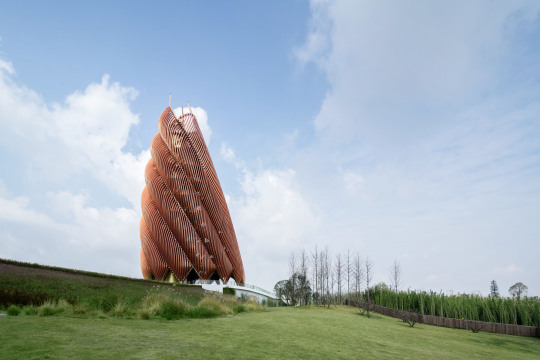



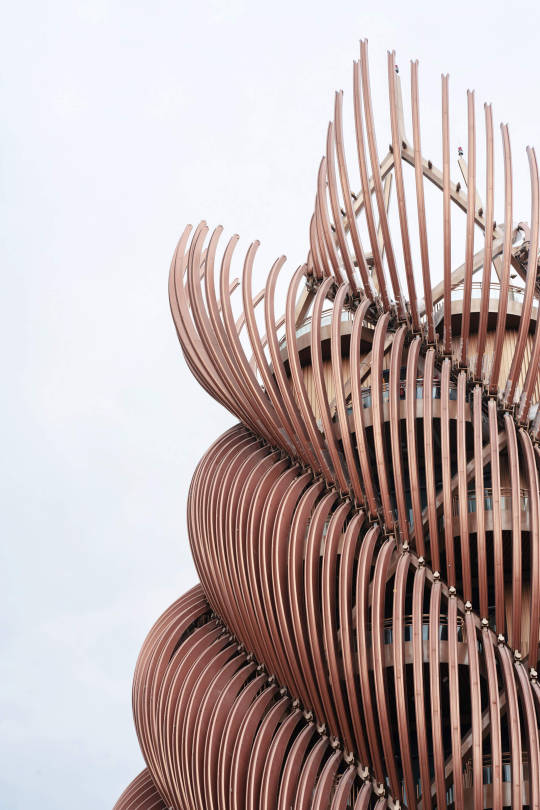
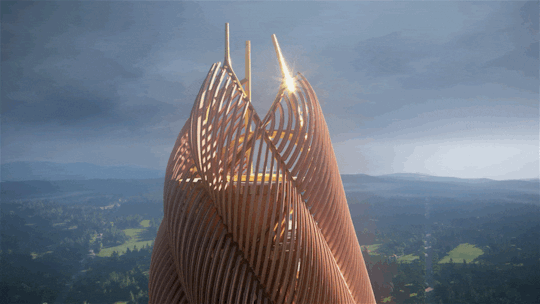

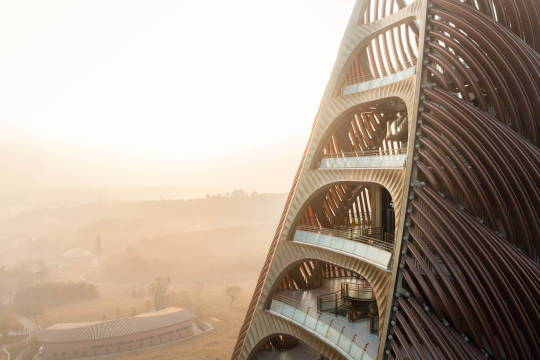


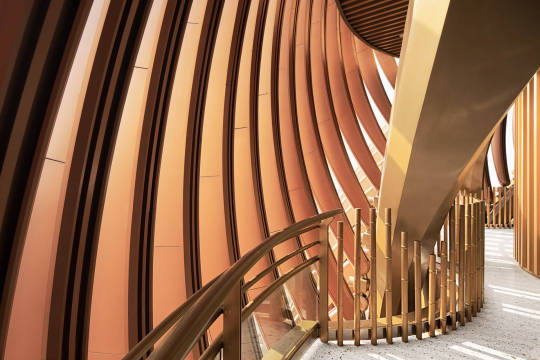
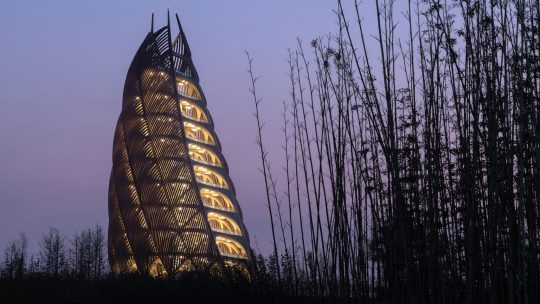
Panda Tower, Chengdu Research Base of Giant Panda Breeding,
The top of the curtain wall system of the Panda Tower has a mechanical system that opens the façade units according to programmed angles and speed on special days, such as the birth of new Giant Panda babies, the return of Giant Panda from oversea facilities, and important holidays and festivals. The opening of the façade resembles the sprouting of a bamboo shoot. The interaction with the visitors is eco-friendly and uses clean energy.
Designed by UDG Atelier Alpha,
Image courtesy of UDG
#art#design#architecture#nature#tower#observation tower#bamboo#panda#panda tower#china#chengdu#shanghai united design group#UDG#campus#technology#bamboo shoots#hibiscus#flower#eco-friendly
190 notes
·
View notes
Text
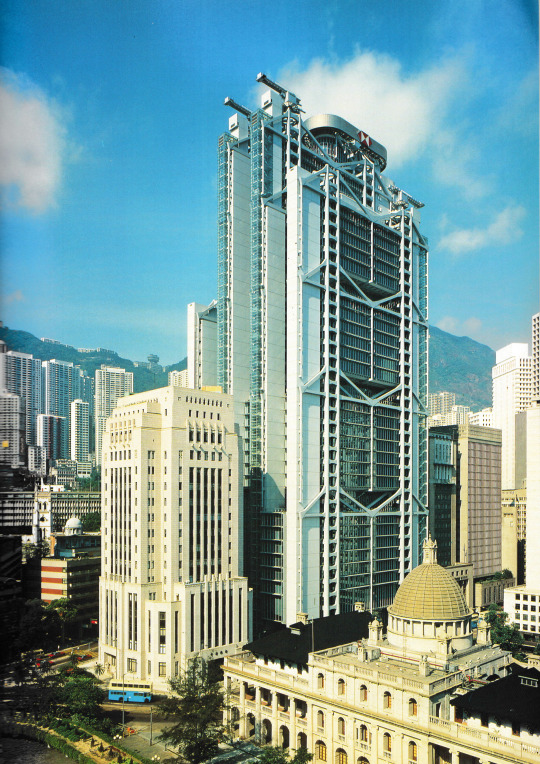
A better scan of the same, Hongkong & Shanghai Banking Corporation (HSBC) Headquarters, a high-tech architecture building standing in Hong Kong. Designed by Norman Foster. Project commenced in 1979 and was completed in 1986.
Scan
#scan#norman foster#hong kong#high tech#Hongkong & Shanghai Banking Corporation#tower#architecture#1980s
101 notes
·
View notes
Text






#ferarri#ferarri tower Shanghai#architecture#unusual and beautiful#design#art#amazing#ai#ai art#billionaire harbor on instagram
16 notes
·
View notes
Text

꧁★꧂
46 notes
·
View notes
Text



Night Shoot (2) (3) by mitsunori a
Via Flickr:
(1) (2) 上海外灘 / The Bund
(3) 夜 / night
#towers#nighttime#neon lights#rivers#city life#roaming the streets#buildings#boats#traffic#china#shanghai
5 notes
·
View notes
Text



Oriental Pearl TV Tower, Shiji Boulevard, Lujiazui, Pudong, Shanghai, China
Wenhao Ryan
#Oriental Pearl TV Tower#Shiji Boulevard#Lujiazui#Pudong#Shanghai#China#Asia#Cherry Blossom#Cherry Blossom Tree#Sakura#Sakura Tree#ChinaArchitecture
5 notes
·
View notes
Text
sometimes ill be reading a fic and ill read one thing and get fixated on how inaccurate it is and nothing will convince my brain to move on until ive ranted about it to myself for at least 10 minutes
#navi shut up#im on a marvel kick rn and they have the avengers on the 6th floor of the tower and....#that's just not correct#this is a skyscraper in manhattan#the seagram has 38 and i guarantee stark/avengers tower is meant to be taller than the seagram#i dont think its shanghai tower tall but still#it looks like its somewhere between the messeturm and jin mao#actually looking at the photos again maybe it is shanghai tower tall idk#i should rewatch the avengers to be able to tell
4 notes
·
View notes
Text


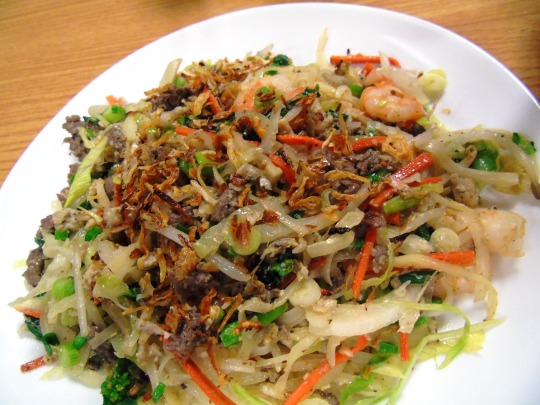
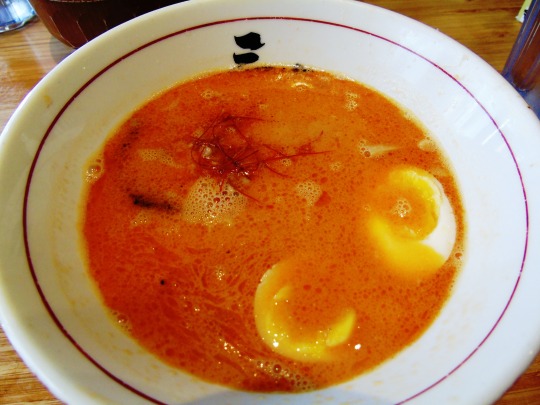
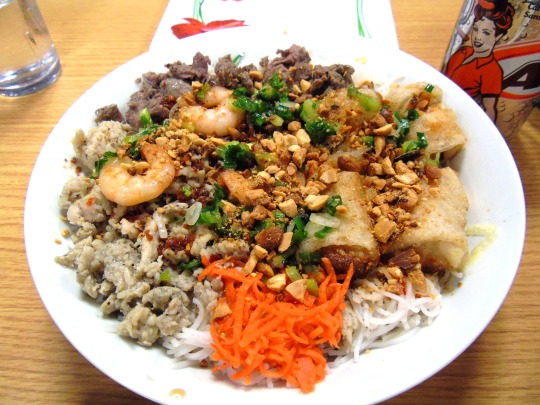

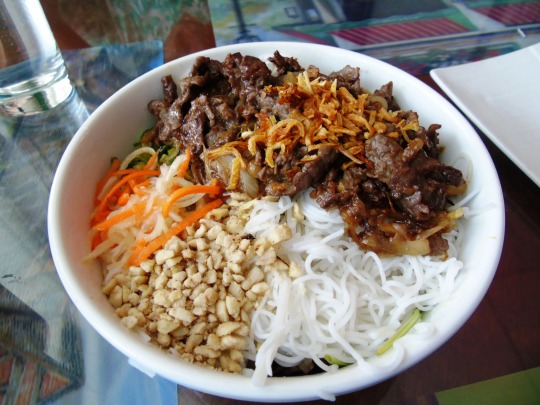

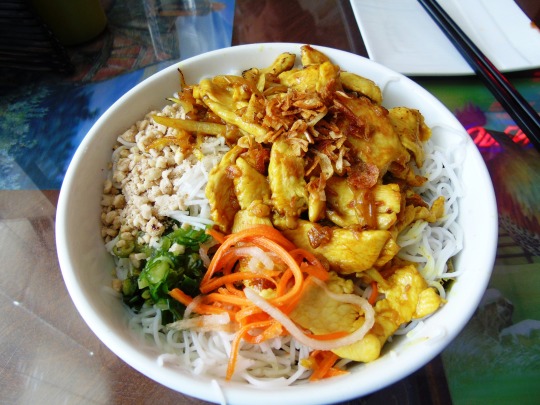
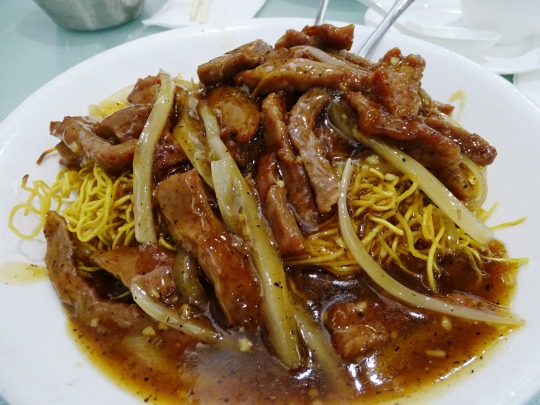
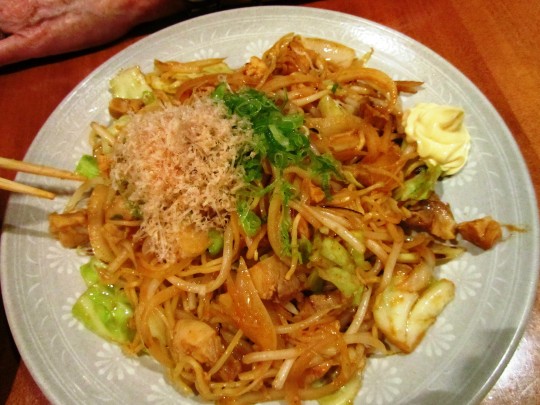

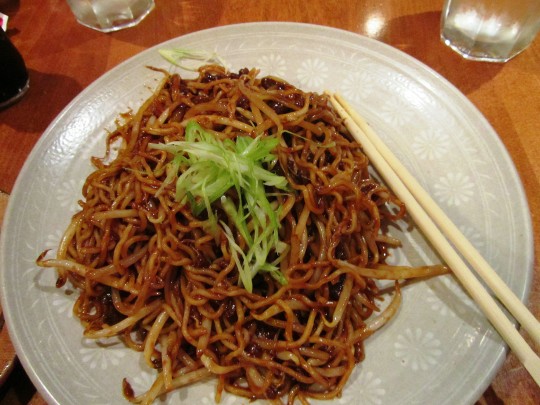
National Noodle Day
Spaghetti, ramen, ziti, egg noodles…most of the best foods are noodles. Try a new kind today, or go out and treat yourself to one of the world’s favorite dishes.
The steam rising from a bowl of noodle soup floats along and dissipates almost like a thing of magic, with rich aromas and the promise of a deliciously warmed belly. In cultures all over the world, noodles have served as a foundation of comfort food, and National Noodle Day celebrates this long history and the place they play in everyone’s life today.
History of National Noodle Day
It is estimated that the origin of noodles dates back as far as two thousand years, or possibly even further. The first mention of noodles in historical records is in a book from the Eastern Han period that dates from between 25 and 220 BC. This unleavened dough has been prepared in many ways, throughout many cultures, using many different ingredients. But one thing remains the same–noodles are almost always delicious!
Noodles–inexpensive, simple, and rather filling–has been a mainstay of the working class for many years. The instant cup of noodles heated quickly in the microwave during a short lunch period. The mainstay of the poor and college-bound, pre-packaged Ramen noodles are often the foundation of a person’s first culinary ventures, as they try to turn the only meal they can afford into something akin to food.
But noodles aren’t only cheap and filling! Now, consider the rich and flavorful bowl of mom’s chicken noodle soup, full of the rich flavors of chicken and carrots, and floating among them are the obligatory egg noodles, which somehow are just the thing to tie this delicious bowl of nutrition together.
For anyone who was born into Italian family, chances are they’ve experienced every kind of noodle the mind can imagine and a few to boot! Rigatoni noodles, spaghetti noodles served with a rich red sauce exploding with flavor, Asian Rice Noodles, or even Fettuccine noodles coated in a thick heavy Alfredo sauce interspersed with bits of chicken.
Noodles have been with mankind in nearly every culture out of history, and National Noodle Day reminds us that this basic and staple food is still the best way to fill a hungry belly at the end of the day.
How to Celebrate National Noodle Day
National Noodle Day can be loads of fun! Making noodles, eating noodles, and enjoying noodles with friends. Try these ideas for spending National Noodle Day:
Go Out for Noodles
Whether at a fast food joint or a sit-down restaurant, noodles are fairly easy to come by in a variety of restaurants.
Noodles and Company, in the United States, is a fast-casual dining place that focuses each of its dishes all around the noodle. Their noodles are all made by hand, and their menu ranges from standards like Macaroni & Cheese and Spaghetti & Meatballs to more unique offerings such as Alfredo MontAmore with Parmesan Crusted Chicken or Grilled Orange Chicken Lo Mein. They also offer gluten-free and vegetarian options for those with certain dietary needs.
It’s a noodle lover’s dream come true!
Get Clever with Ramen Noodles
Those little rectangular packets of dried noodles with a smaller pack of flavorings inside can be used for more than just making some soup! As it turns out, they’re extremely useful to have around the kitchen for a variety of needs. Try out these ways to use those ramen noodles:
Make “Breadcrumbs”. The hard noodles can be crushed up into tiny granules (with a bit of the seasoning packet included). These work well as a substitute for recipes that call for breadcrumbs, such as schnitzel or meatballs.
Use as a Dessert Topping. This might be surprising but those crispy noodles, when cooked with cinnamon and sugar and then fried, offer a delightful chopped topping that can replace nuts on ice cream sundaes or other desserts.
Make Burger Buns. The great thing about ramen noodles is that, once cooked, they can be formed into almost any shape desired. Some people like to add a bit of egg, salt and herbs, then shape them into buns and fry them. These can be used for hamburgers or veggie burgers.
Add Zest to Salads. Take that boring salad to the next level by adding the crunch of pizzaz of ramen noodles. Simply crush the dry noodles and toss them into a coleslaw and top with an Asian dressing. Delicious!
Try a New Kind of Noodle
In a world of thousands of varieties of noodles, the best way to celebrate National Noodle Day is by reaching beyond your comfort level and trying something new. If your culinary experience with noodles is limited to Instant Cup a Soup and Spaghetti, it’s time to try something new.
Explore the rice or buckwheat noodles from your local Asian store, or discover exactly what a Manicotti noodle is and what it is used for! You’ll find yourself marveling at the sheer variety of noodles and noodle dishes there are, enough to have a different dish every day for years!
Share Noodles with Others
Celebrating National Noodle Day with the community can be loads of fun. Take a noodle dish to the office to share with coworkers. Or invite a few friends or family members over to enjoy a meal with many courses–all of which include noodles!
Source
#Pan Fried Noodles#Crispy Rice Noodle Tower#Ramen Noodles#travel#USA#food#original photography#restaurant#Spicy Shanghai Noodles#Rayu Udon#Cajun Pasta#Spicy Tantan Ramen#Tonkotsu Black Ramen#Beef Black Pepper#Canada#Bun Thit Bo#National Noodle Day#vacation#NationalNoodleDay#6 October#pasta
2 notes
·
View notes
Photo

Shanghai Tower in Shanghai, China
Architect: Jun Xia (Gensler)
(Photo: Stock Photos from Eugene Lu/Shutterstock)
#jun xia#architect#gensler#architecture#eugene lu#photographer#shutterstock#skyline#shanghai tower#shanghai#china
1 note
·
View note
Text
the most characteristic buildings in the world

BLOG: https://mira-bell.blogspot.com/2023/10/prawie-wszystkie-miasta-swiata.html
#cross stitch#cross stitching#cross stitcher#cross stitch pattern#sydney#sydney opera house#shanghai#Oriental Pearl Tower#rome#colosseum#forbidden city#paris#eiffel tower#Taj Mahal#big ben#london#Louvre#tower bridge#hobby#diy
0 notes
